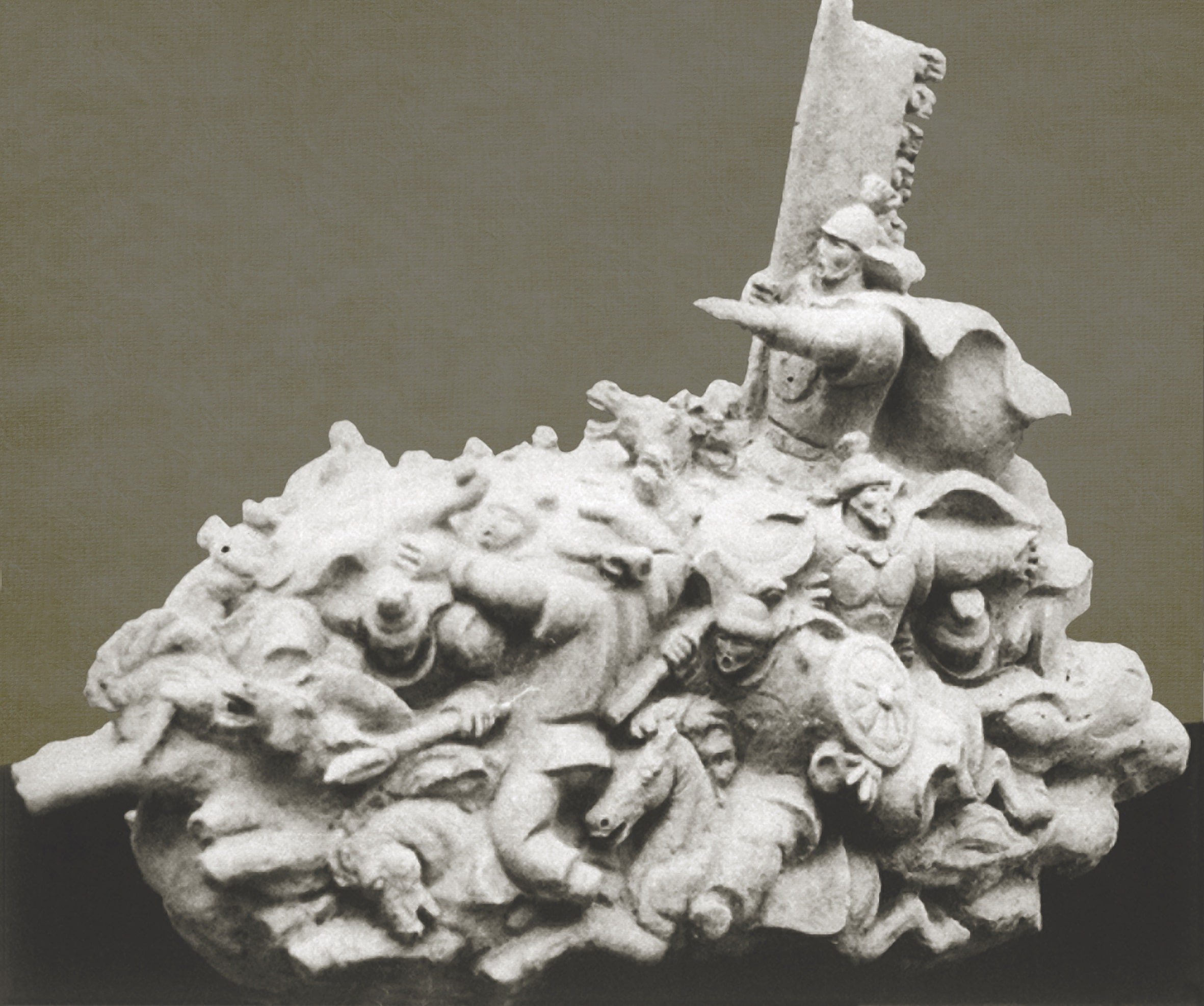Creative Thinking of Kazakhstan Sculptors: Historical Origins
Since the mid-20th century, the history and culture of Central Asia and Kazakhstan have become captivating subjects of research, leaving a profound mark in the field of bibliography. These works contain invaluable information about the ancient aspects of Kazakhstan's history and culture, aiding our comprehension of local cultural development. Archaeological excavations have unveiled pre-Islamic monumental murals and sculptures, dispelling foreign historians' claims of cultural void in the Central Asian peoples. These studies affirm that the foundations for creative art were already taking shape in primitive societies within Kazakhstan's borders.
READ MORE
Exploring the Enigmatic Beauty of Ancient Kazakhstan Art
Colours of the Steppe: Symbolism and Imagery in Kazakhstan Art
Central Asia's Rising Stars: Contemporary Artists to Watch in 2024
Why Invest in Contemporary Kazakhstan Art?
Kazakhstan Sculptors: Historical Origins
Petroglyphs, appearing in ancient Kazakhstan and persisting to this day, narrate this ancient history. Numerous petroglyphs, dating back 12,000 years before our era, have been discovered in this region. The rocks, zealously preserved by the Kazakhs, served as their repository. Monuments from the Bronze Age, beginning with the Andronovo culture (2,000 years before the Common Era), have reached us in a well-preserved state. Initially, petroglyphs likely served as a system of symbols for transmitting information and as a backdrop for ritual ceremonies.
Depictions of hunters, animals, and the life of hunting and pastoral tribes were harmoniously combined into a majestic and enigmatic composition. These images were either carved with contour lines or created using a point technique on stones, and sometimes mineral paint has been applied. Petroglyphs from this era evolved into a unique hieroglyphic system, conveying the life and values of ancient societies. Alongside the simplicity and naivety of these images, their expressive compositions evoke a sense of grandeur and reflect harmony with the surrounding natural world.
Petroglyphs from the Saka period (8th–3rd centuries BCE) were more lifelike and closer to the "Scythian animal style," whereas drawings from the Turkic era (6th–7th centuries CE) were characterised by schematic forms and simplicity of execution. The graphic narratives of ancient rock art offer rich semantic diversity and naturally integrate with the surrounding natural landscape, considering the scale and creative features of stone surfaces. These rock drawings are not just art but also a key to understanding the spirit and culture of ancient Kazakh peoples.
Hence, the origins of the creative thinking of Kazakh sculptors trace back to antiquity, and the study of rock art assists us in uncovering their creative potential and inspiration. These monuments of visual art remain living witnesses to the rich history and cultural heritage of Kazakhstan.
FAQ (Frequently Asked Questions)
What are petroglyphs in Kazakhstan?
Petroglyphs in Kazakhstan are ancient rock carvings or engravings made by early civilisations on stone surfaces. They often depict scenes from ancient life and culture.
Why are petroglyphs important in Kazakhstan's history?
Petroglyphs are important because they offer insights into the daily life, beliefs, and artistic expressions of ancient Kazakh people. They provide a window into the region's historical and cultural evolution.
What is the Andronovo culture, and how does it relate to Kazakhstan?
The Andronovo culture was a Bronze Age culture that existed around 2000 years BCE. It's significant in Kazakhstan's history as it represents a period of cultural and artistic development in the region.
What is the "Scythian animal style," and why is it mentioned in Kazakhstan's history?
The "Scythian animal style" is an artistic motif with intricate animal designs. It's mentioned in Kazakhstan's history because it reflects the influence of ancient Scythian cultures on the region's art.
How does the study of rock art help us understand Kazakhstan's culture and history?
The study of rock art provides valuable insights into ancient Kazakh culture and history. It reveals details about their daily lives, beliefs, and artistic styles, aiding our understanding of the region's heritage.
What is the significance of creative thinking among Kazakh sculptors?
Creative thinking among Kazakh sculptors refers to their innovative and artistic approaches. It's significant because it has led to the creation of unique sculptures that reflect the culture, history, and environment of Kazakhstan.
This post reflects our views only. We accept no liability for its content. No legal action can be taken against us based on this information. Use at your own risk.







